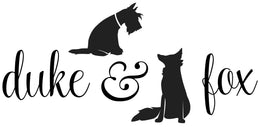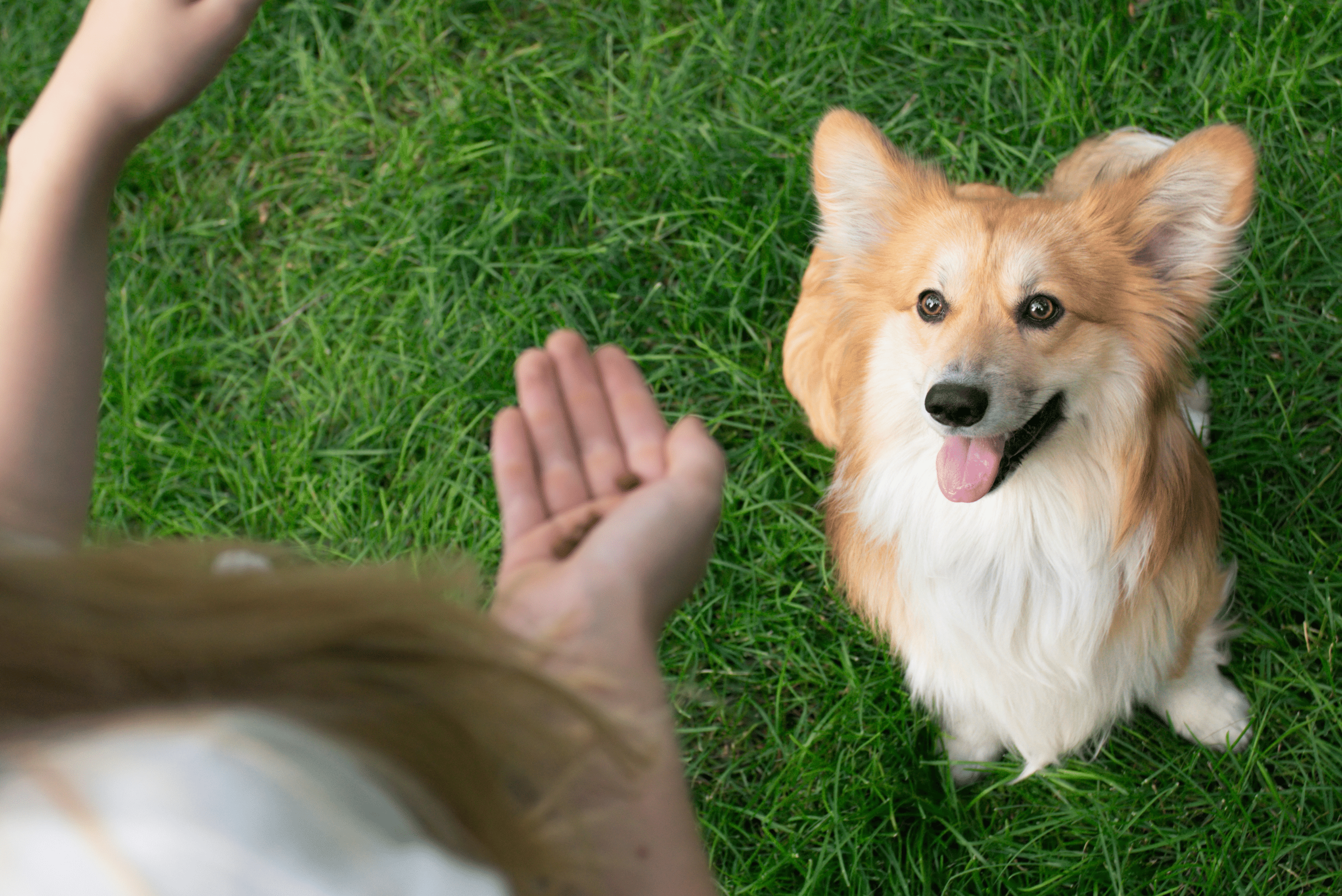You love your dog. Sometimes though, it can be hard to understand your dog. Why do they do some of the things they do? What exactly are they trying to tell you? Why do they keep getting stuck in the blinds? Why won’t they leave your shoes alone?
It can be hard for your dog to understand you too. What do you expect from them? How can they guard the house when you have those stupid things on the windows? Why the heck are you yelling at them for chewing on the best chew toy they could find?
Interspecies cohabitation is tricky. That’s why a strong bond is essential. To do that, you need boundaries, trust, and communication. Just how do you do that when you don’t speak the same language or even think in the same way? Don’t worry, we can help you. We have some tips and tricks that will help you build a stronger bond with your dog. Keep reading to learn how you can build an unbreakable bond, and settle that shoe issue once and for all!
Communication With Your Dog
Positive Reinforcement Training
In any relationship, communication is the trick to getting past the rough times and learning how to understand and respect each other. It works the same way with your dog. Your dog doesn’t automatically know your expectations, and they aren’t the best at translating Human. The best way for you to set expectations for your dog is through training.
Positive reinforcement training, in particular, is the perfect way to build a strong, ever-lasting bond with your dog. Through positive reinforcement, you reward your dog for performing the behaviors you want and ignore undesirable behaviors.
To make positive reinforcement training effective, you need to reward the desired behavior immediately. This helps your dog make the connection, so they can begin to understand your expectations.
In positive reinforcement, incorrect behaviors are not punished or “corrected”. They are simply ignored, and your dog is rewarded once they do as you expect. Your dog doesn’t know why jumping on people is bad. Being punished by yelling or smacking will only make your dog fearful and anxious and will leave your dog confused as to how to respond to new people.
Of course, it’s easier with a puppy, but any dog can be trained through positive reinforcement. Your dog will be able to trust you more once he knows your expectations. You will be able to trust your dog because you have shown him what to expect. Needless to say, embarking on a positive reinforcement training journey requires patience and consistency, but setting boundaries and building trust is a must when strengthening the human-animal bond.
Learn Your Dog’s Body Language
Through training, your dog is learning how you communicate and what you expect. It’s only fair you learn the things your dog is trying to tell you. Your ability to read your dog will help you when training and working on commands. You will be able to tell if your dog is anxious in certain situations or when they’re physically uncomfortable. Once you can interpret their signs, your dog will be less of a mystery.
You can do this by observing your dog. Tail position, ear position, and even their eyes will tell you what they’re thinking if you take time to learn your dog’s expressions. Working with an experienced trainer can help you. There are also very helpful resources for learning how to interpret your dog’s body language. Canine Body Language: A Photographic Guide Interpreting the Language of The Domestic Dog is a respected source, which is even recommended to veterinarians.
Routine
Dogs thrive on routine. Knowing what to expect and when to expect it helps them understand their environment and is another way for you to communicate your expectations.
Quality Time With Your Dog
Walks
Walking isn’t just great exercise. It’s quality time spent with your dog. Think of the close friends you have and how you got to that point. It was likely through a shared experience or activity. Just a simple walk with your dog is an experience that they are sharing with you. And it’ll certainly help them feel more connected. Long rambling walks where you allow your dog to sniff to their heart’s content, short neighborhood walks to stretch your legs, and even more strenuous trail hikes, all of these will help bring you closer to your dog.
Walking regularly with your dog? Remember to stay safe! While we certainly hope everything goes swimmingly, things do happen. It’s best to be prepared. Grab your dog a personalized embroidered dog collar complete with their name and your contact information. In the event they get away from you on a walk, you’ll know that whoever finds them can easily and quickly contact you!
Another big safety tip? Make sure all of your dog’s gear matches their energy level and size. If you have a puller, the best tool to have in your arsenal is a harness. A Duke & Fox harness is designed to take the pressure and strain off of your dog’s neck. Plus, the harness gives you more control of the situation. And as you get into more of a walking routine, you’ll notice how much less your dog pulls!
Grooming
A brushing session is a great way to help your dog relax and spend quality time with you. Just having your undivided attention for a brushing session will help your dog feel more connected with you. Plus, brushing has health benefits too! Brushing improves circulation in the skin and has been shown to reduce stress.
Regular Playtime
Catch, disc throwing, or even a game of tug-of-war will help you bond with your dog. Playtime should be a regular part of the routine you build with your dog. If your dog is getting enough activity throughout the day, you decrease the likelihood of undesirable and destructive behaviors caused by boredom.
Give Your Dog Time To Be A Dog
The best way to strengthen your bond with your dog is to give your dog room to use their natural instincts. In other words, let them be a dog. Don’t try to suppress your dog’s instincts. Work to understand your dog so they can express themselves in a healthy way.
Don’t rush your walks. Give your dog time to sniff. This is a natural behavior that helps them know what’s going on in the neighborhood. Acknowledge that dogs are going to chew, and instead of fighting this, supply them with toys that will indulge that instinct. If things in your house get chaotic, your dog might feel confused and anxious. Make sure your dog has a safe place that they know they can go to.
Building a strong bond with your dog takes work… just like any relationship. But the work will pay off in spades in the loyalty and love that can only exist between a dog and their person.




